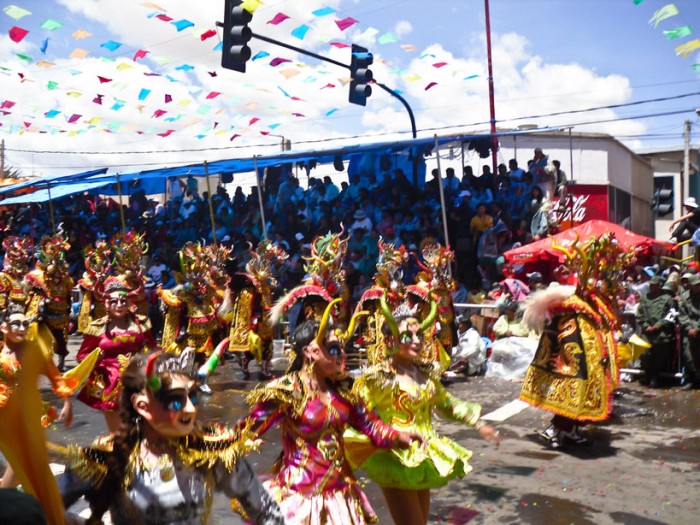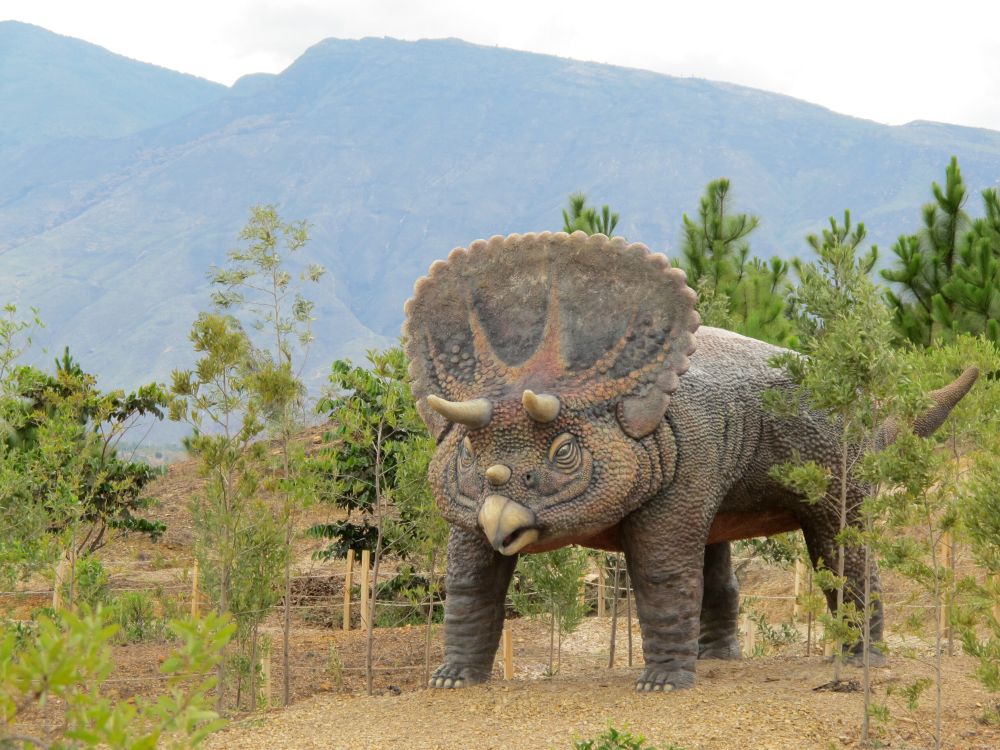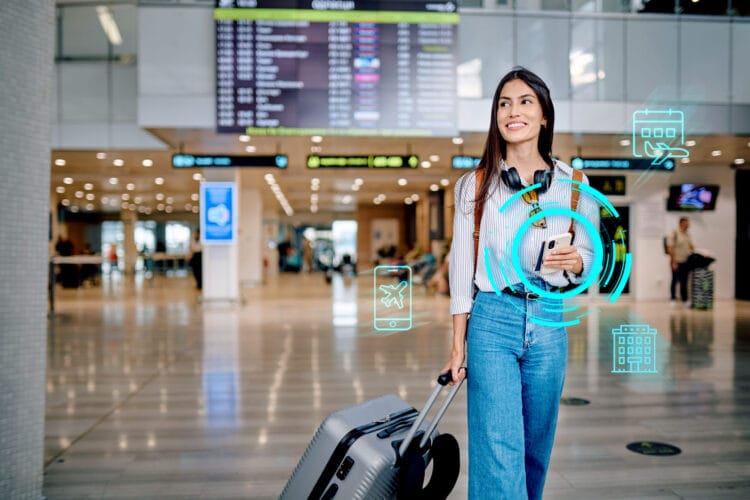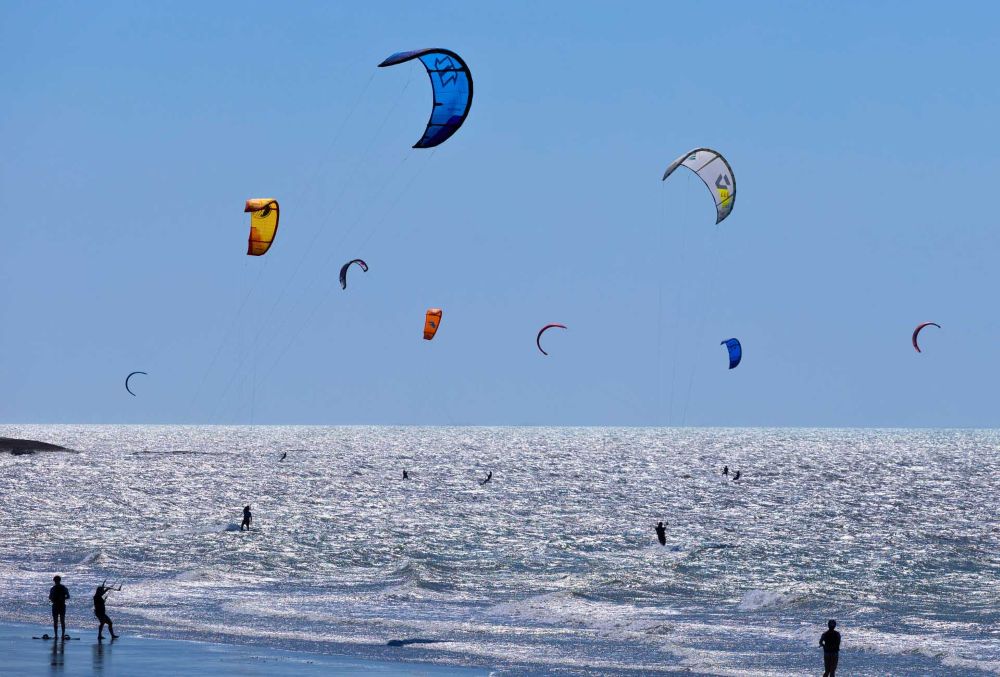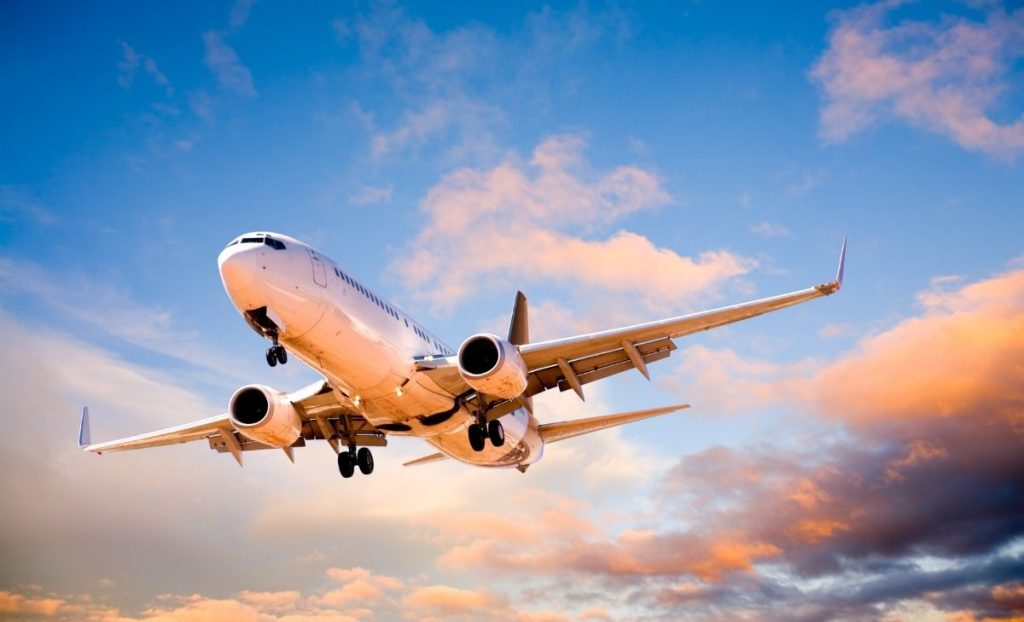Par Ines Chebiri & Léa Condom – Cet article a été publié initialement sur le site www.elcafelatino.org
Le carnaval de Oruro devient chaque année de plus en plus célèbre, surtout depuis que ce symbole de la culture bolivienne a été inscrit au Patrimoine Culturel de l’Unesco en 2001.
Chaque année, cet événement célèbre est organisé en Bolivie. La nouvelle édition du carnaval d’Oruro aura lieu du 7 au 26 février, et accueillera comme chaque année plus d’un million de personnes. C’est l’un des carnavals les plus singuliers et les plus vieux du monde puisqu’il existe depuis plus de 200 ans.
“Uru Uru”, en langue indigène “aymara” désigne le nom préhispanique d’Oruro, petite ville minière dans les montagnes, à l’ouest de la Bolivie. A l’époque du carnaval, la ville voit quadrupler sa population de 250 000 habitants.
Les origines du carnaval de Oruro remontent à bien avant l’arrivée des colons espagnols. Au début, c’était la destination religieuse des indigènes des Andes qui y célébraient de grandes fêtes en l’honneur des dieux. En effet, les habitants allaient y vouer un culte à la Pachamama (la « Madre Tierra ») et a leur ancien dieu Tío.
Le carnaval trouve également son origine dans une croyance ancienne qui raconte qu’autrefois une vierge avait aidé un homme blessé à rentrer chez lui, près des mines d’argent d’Oruro. Dès lors, la ville est devenue un symbole de protection pour les mineurs boliviens.
Le carnaval d’Oruro, mélange de coutumes catholiques et précolombiennes, rend compte d’un certain syncrétisme religieux. Ainsi, les icônes chrétiennes de la Vierge catholique et du diable sont mélangées aux cultes indigènes païens de la Pachamama et du Tío.
En effet, il commence par une cérémonie dédiée à la Vierge de Socavón durant laquelle des groupes jouent de la musique traditionnelle bolivienne pour la saluer. D’autre part, le « Tío de la Mina », personnage malveillant considéré comme l’oncle des montagnes, est le personnage le plus célèbre du carnaval d’Oruro. Pendant le carnaval, le « Tío de la Mina » se transforme en Diable.
Durant les festivités, le défilé principal se démarque des autres animations par sa durée et son envergure. En effet, il peut durer jusqu’à 20 heures, s’étend sur 4 kilomètres et met en scène
20 000 danseurs, 150 groupes et 10 000 musiciens.
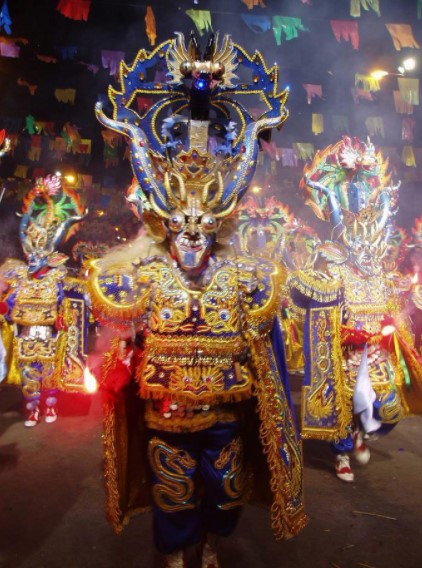
Il met en scène deux œuvres principales. La première relate la conquête espagnole et la seconde la bataille de San Miguel entre le Bien et le Mal. Dans ce défilé, San Miguel symbolise la ville mythique d’« Uru ». Lucifer et son épouse, et tous deux tentent de séduire San Miguel avec leurs danses.
De plus, la “Diablada”, connue sous le nom de “danse des diables”, est particulièrement célèbre et existe depuis l’époque coloniale. D’autres danses sont également célèbres, comme “la Morenada” et “ los Tinkus” qui font partie des danses traditionnelles boliviennes.
Le carnaval est un spectacle très coloré grâce aux nombreux costumes et au travail des artistes qui réalisent 18 spectacles différents pendant les festivités.
Aujourd’hui, le carnaval d’Oruro est un véritable symbole de la culture nationale. De plus, il est devenu une tradition régionale très forte : chaque pays d’Amérique Latine organise son propre carnaval. Le plus célèbre et le plus attendu est celui du Brésil : le carnaval de Rio.
Grâce à ses costumes et à ses danses folkloriques, le carnaval continue d’avoir une influence sur les défilés du monde entier.

